[ENG-SPN] A pre-Romanesque delight from Oviedo / Una delicia prerrománica de Oviedo
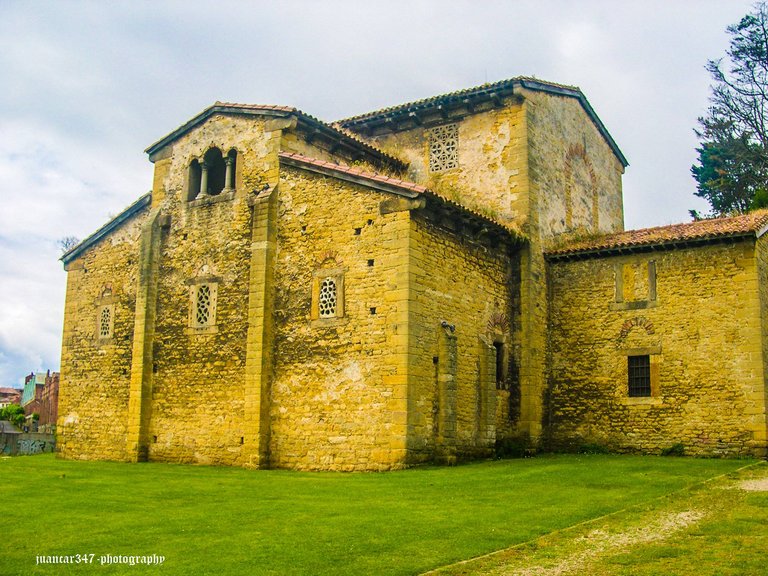
We continue to take advantage of that visceral satisfaction that occurs whenever we put to work that metaphorical locomotive of experiences and sensations, which, deep down, we can come to consider to be our memories and without yet abandoning that pleasant geographical accident that is the Cantabrian Corniche, where Nature and Myth always join forces to justify something so vital, such as adventure, we travel to the privileged Asturias, stopping, as could not be less, in the stately beauty of its old capital: Oviedo.
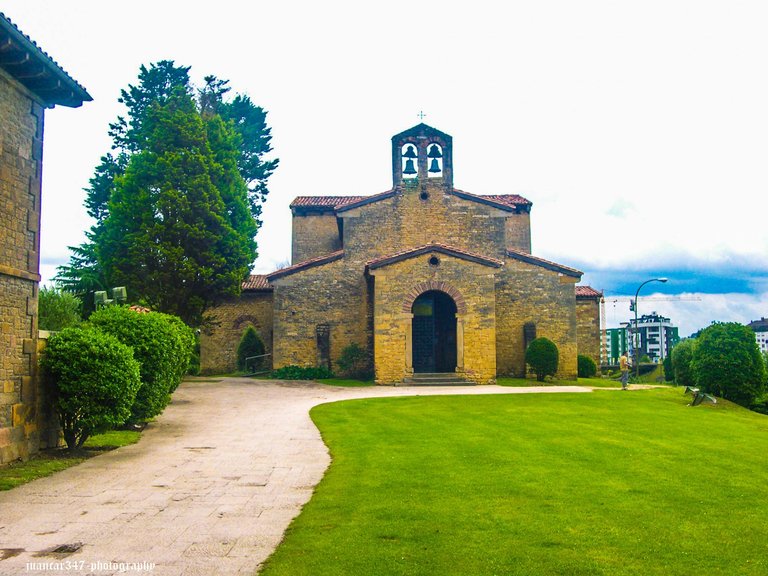
We will leave behind the Old Town and that comparative jewel in the crown, which is its immemorial cathedral and moving away a few hundred meters, at the confluence with the arteries and highways that direct traffic to that monumental tear, which is the coast, we will stop the enough time to take a look at one of the most unique and monumental Asturian pre-Romanesque temples: San Julián de los Prados. We should not be surprised, if in its archaic conception, we feel a chill and even a beginning of vertigo, faced with the passage of time, irremediably converted into History, being aware that we are in front of a superb building, built by the king, Alfonso II the Chaste, before the year 842, which, of course, is said early, but which, being in the year 2024, indicates its irreducible resilience.
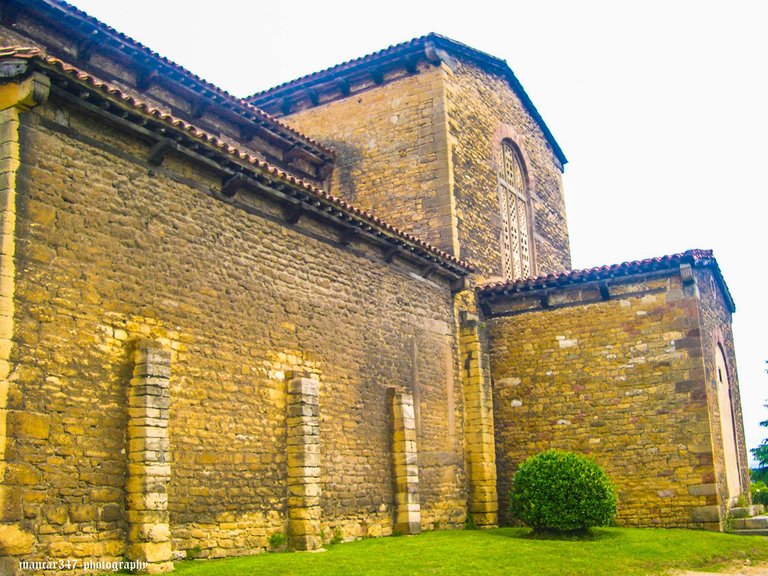
Continuamos aprovechando esa visceral satisfacción que se produce siempre que ponemos a trabajar esa metafórica locomotora de vivencias y sensaciones, que, en el fondo, podemos llegar a considerar que son nuestros recuerdos y sin abandonar todavía ese placentero accidente geográfico que es la Cornisa Cantábrica, donde la Naturaleza y el Mito se alían siempre para justificar algo tan vital, como es la aventura, nos desplazamos hasta la privilegiada Asturias, recalando, como no podía ser menos, en la señorial belleza de la su vieja capital: Oviedo.
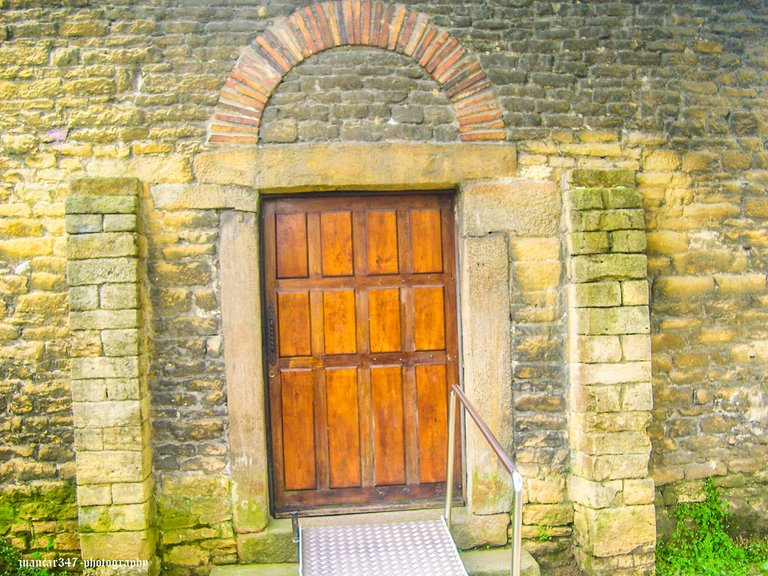
Dejaremos atrás el Casco Antiguo y esa comparativa joya de la corona, que es su inmemorial catedral y alejándonos algunos cientos de metros, en la confluencia con las arterias y autovías que dirigen el tráfico hasta ese desgarro monumental, que es la costa, nos detendremos el tiempo suficiente como para echar un vistazo a uno de los más singulares y monumentales templos prerrománicos asturianos: San Julián de los Prados. No ha de extrañarnos, si en su arcaica concepción, sentimos un escalofrío e incluso un principio de vértigo, frente al paso de un tiempo, convertido irremediablemente en Historia, siendo conscientes de que nos hallamos frente a un soberbio edificio, levantado por el rey, Alfonso II el Casto, antes del año 842, que, desde luego, se dice pronto, pero que, hallándonos en el año 2024, nos indica su irreductible resiliencia.
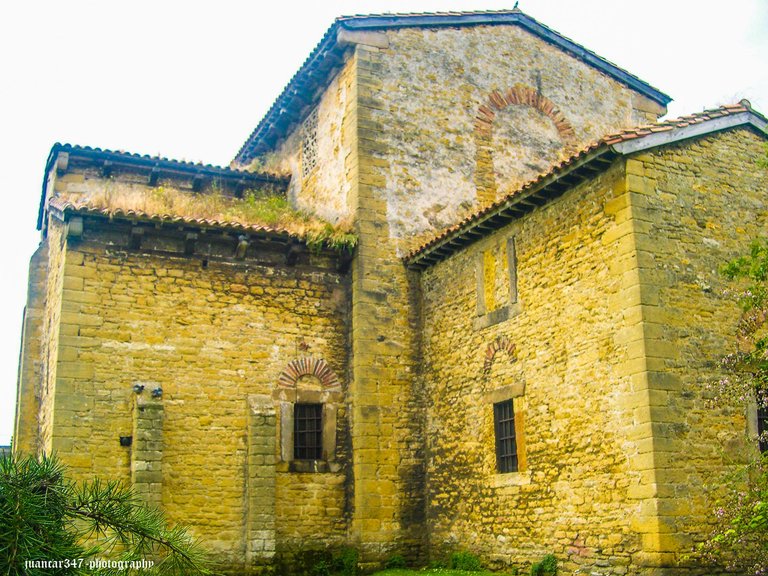
NOTICE: Both the text and the accompanying photographs are my exclusive intellectual property and are therefore subject to my Copyright.
AVISO: Tanto el texto, como las fotografías que lo acompañan, son de mi exclusiva propiedad intelectual y por lo tanto, están sujetos a mis Derechos de Autor.
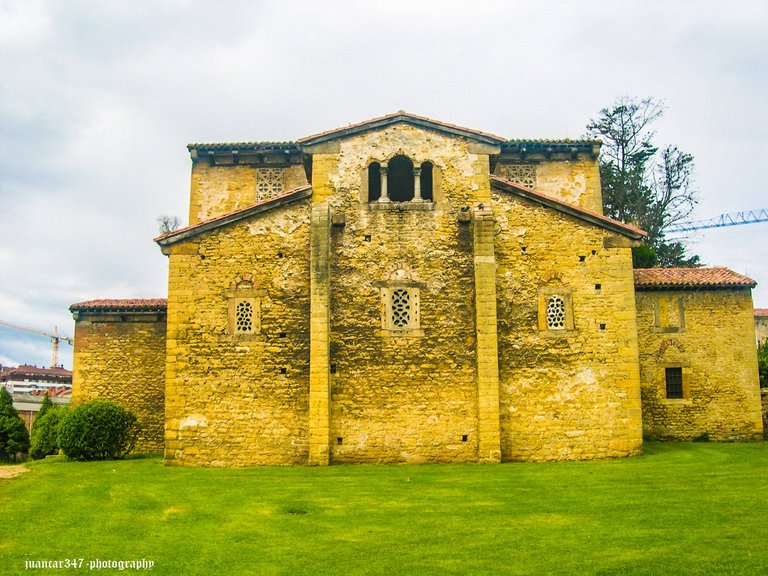
The Old Town is a very amazing place
The pictures look nice!
As a whole, Oviedo is a very interesting and beautiful city and this is one of its most significant and ancient temples.
https://x.com/lee19389/status/1809680888893985081
#hive #posh
Hermosas fotos, pero en la parte interna como sera.?
Buena pregunta. En realidad, a pesar de su remota antigüedad, son templos que todavía están en activo, por lo que muchas veces, no se permite sacar fotografías del interior y no siempre, además, cuando viajas, están accesibles o abiertos. No obstante y en agradecimiento a tu interés, te muestro alguna fotografía de cómo son, en realidad, los interiores de estos templos. Muchas gracias por tu comentario y un cordial saludo.